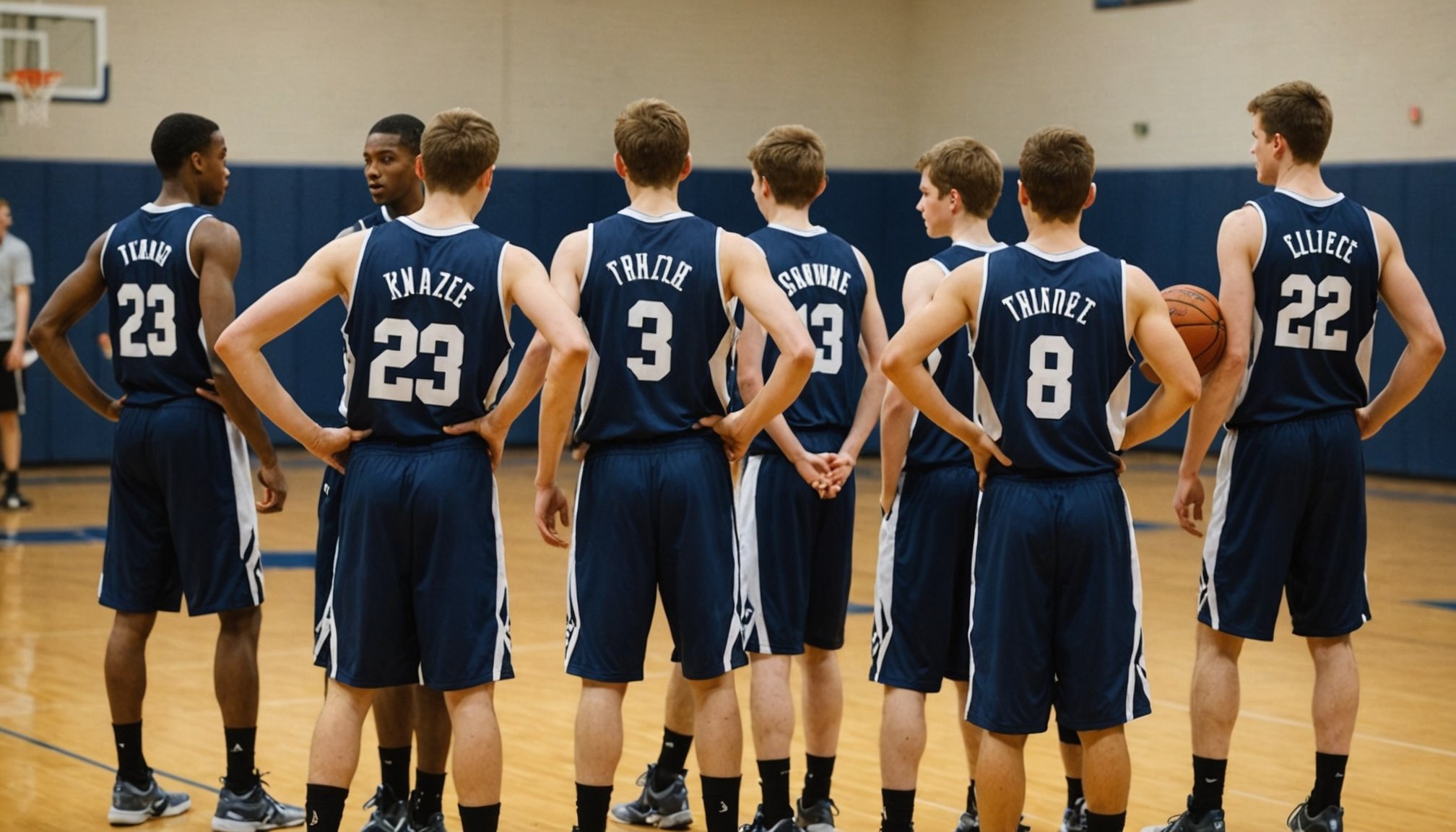Basketball is a game of skill, strategy, and adaptability. Each position on the court brings with it a set of unique responsibilities and skill sets that can significantly influence a player’s development. From the strategic point guard to the towering center, the role a player assumes can shape their understanding, performance, and career trajectory in the sport. In this article, we delve into how playing in different positions affects a player’s growth, drawing insights from data, studies, and insights from the NBA and beyond.
The Role of Positions in Basketball
When you step onto the basketball court, you’re entering an arena where roles and positions dictate the game’s flow and structure. Each position, from point guards to centers, offers a distinct perspective on how the game is played.
In the same genre : How does the culture of basketball differ across countries and regions?
Understanding Each Position
-
Point Guard (PG): As the “floor general,” the point guard is responsible for directing the game. The PG often leads the team’s offense by controlling the ball and making strategic decisions. Their skills include dribbling, passing, and a strong basketball IQ.
-
Shooting Guard (SG): Known for their ability to make shots beyond the arc, shooting guards play a critical role in scoring. They may also assist the point guard in directing the offense.
Also to discover : Unlocking victory: smart tactics for uk basketball players to analyze and outsmart opponents’ strategies
-
Small Forward (SF): The small forward is versatile, often tasked with scoring, defending, and sometimes assisting in ball handling. They are known for their agility and ability to make jump shots.
-
Power Forward (PF): Positioned near the basket, power forwards excel in rebounding and defense. With skills that blend those of smaller players and centers, they display strength and agility.
-
Center (C): Centers dominate the area around the basket, both defensively and offensively. Typically the tallest players, they play a crucial role in blocking shots, rebounding, and setting screens.
Each position demands a unique blend of skills, influencing how players grow and develop. Understanding these roles can help you better appreciate the nuances and differences in player development.
Data and Analytics in Player Development
In the modern era, data has transformed how coaches, players, and analysts view the game of basketball. By leveraging statistics, teams can make more informed decisions about player development and performance improvements.
The Power of Data
-
Performance Metrics: Data analytics allow teams to measure a player’s performance in terms of shooting accuracy, defensive capabilities, and overall efficiency. This information helps identify strengths and areas for improvement.
-
Positional Analysis: Technologies like Google Analytics for Sports provide insights into how effectively a player performs in their designated position compared to others. Coaches can use this information to determine if a player is best suited for a different role.
-
Cross-Referencing Studies: By comparing historical data with current performance, teams can predict future success and tailor training programs. Studies from scholars in sports science frequently highlight the trends and patterns in player development across different positions.
Data-driven insights are critical in shaping a player’s journey. By analyzing player stats, teams can create targeted strategies that enhance performance and adaptability.
Impact on Player Skill Development
Playing in different positions not only gives players versatility but also shapes their skill sets and understanding of the game. Let’s explore how each position can influence a player’s growth and development.
Skill Acquisition by Position
-
Versatile Skill Set: Players who switch between positions develop a broader range of skills. A shooting guard transitioning to a small forward might improve their defensive abilities while maintaining sharp shooting skills.
-
Basketball IQ: The mental acuity required to adapt to different roles sharpens a player’s basketball IQ. This comprehensive understanding of the game is invaluable, especially for players aiming for the professional level.
-
Team Dynamics: Understanding various positions fosters better communication and teamwork. A point guard who has played as a center can better anticipate their teammates’ needs and movements, enhancing overall team synergy.
-
Leadership Qualities: Players exposed to multiple roles often develop leadership qualities, as they can guide teammates from multiple perspectives and positions.
By embracing different positions, players gain a holistic view of basketball, enriching their skills and making them invaluable assets to any team.
Conclusion
In basketball, a player’s development is intricately linked to the positions they play. Whether it’s the strategic planning of the point guard or the physical dominance of the center, each role offers unique opportunities for growth. As you consider the differences in positions and their impact, it is clear that a versatile approach is beneficial. The ability to adapt and perform across various roles not only enhances individual skill sets but also elevates team performance.
In the end, whether you’re a budding player or an avid fan, understanding the nuanced demands of each position enriches your appreciation for the sport. As the NBA and other leagues continue to evolve, the emphasis on adaptability and cross-position fluency will only grow. Embrace the challenge and diversity that different positions offer; they hold the key to unlocking a player’s full potential on and off the court.











